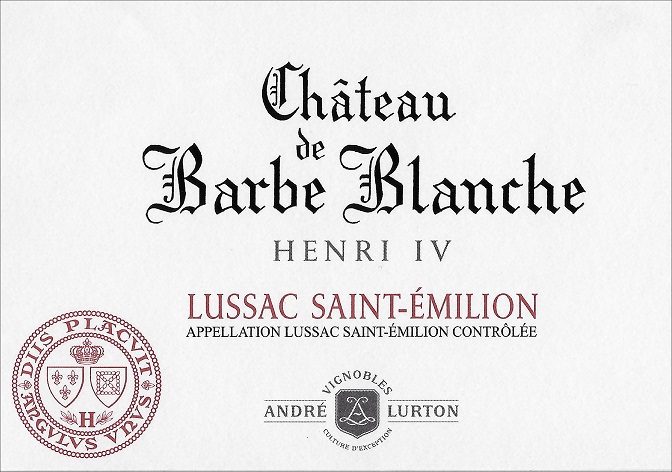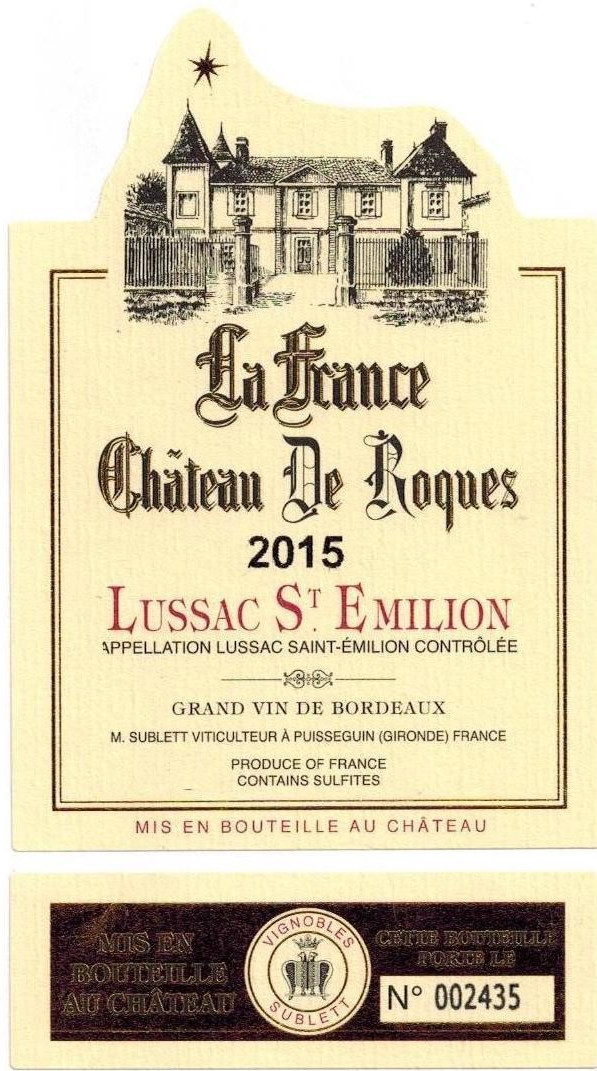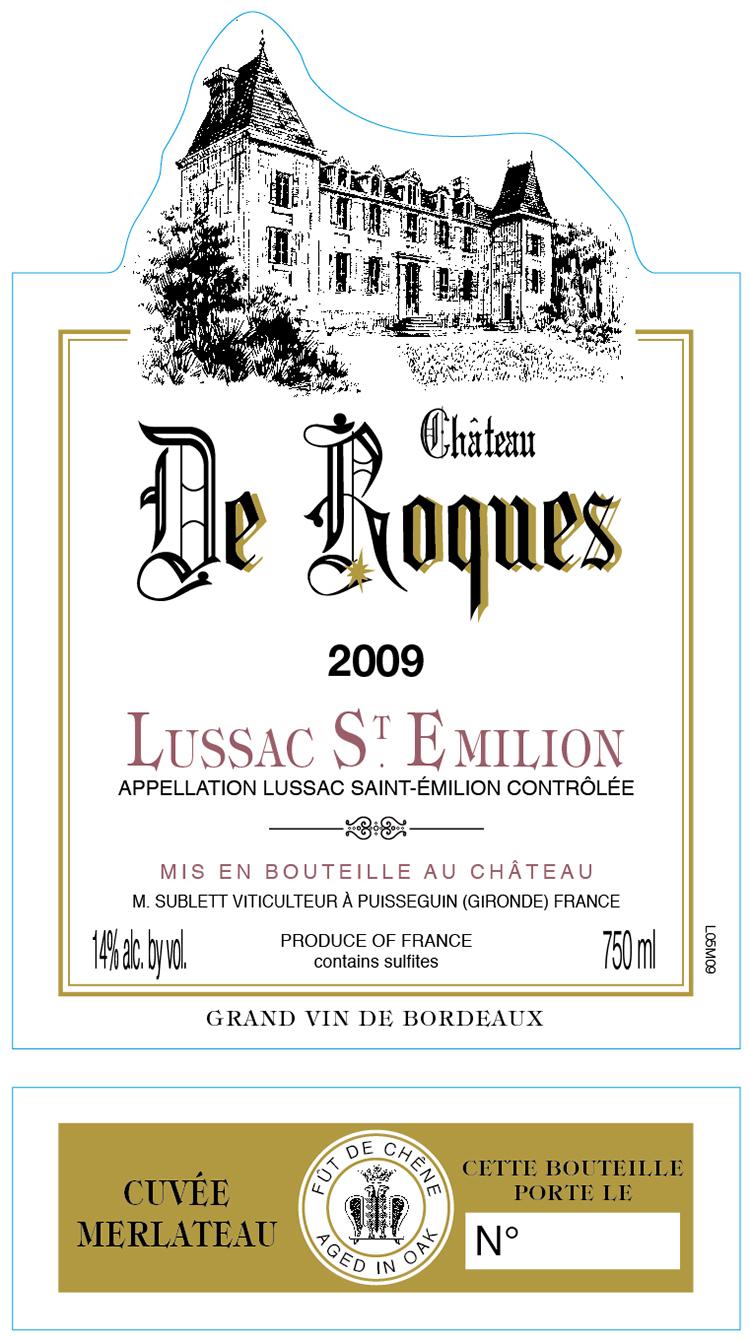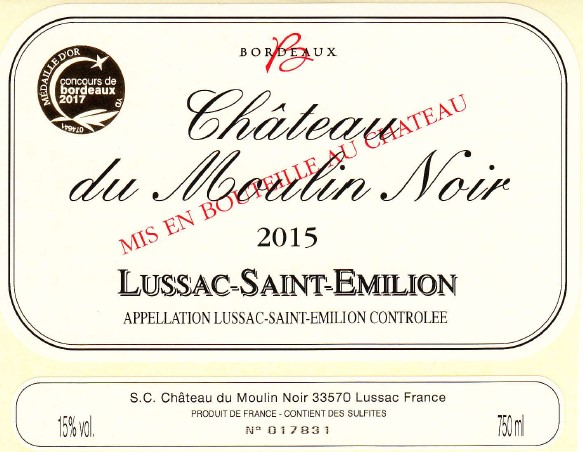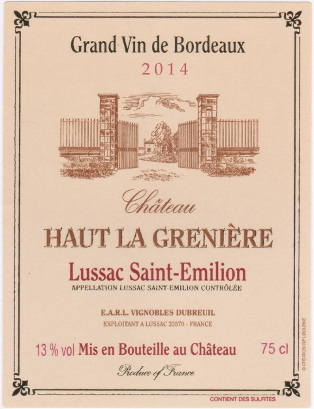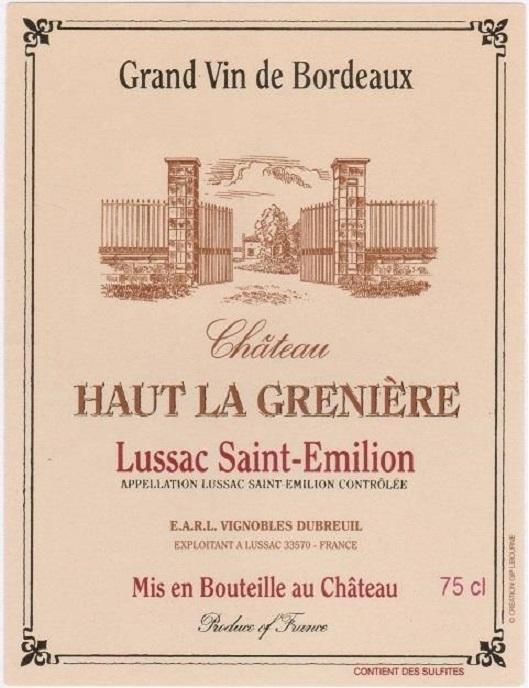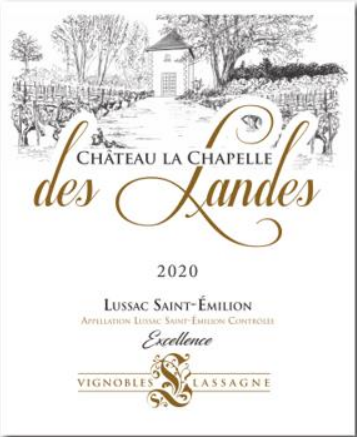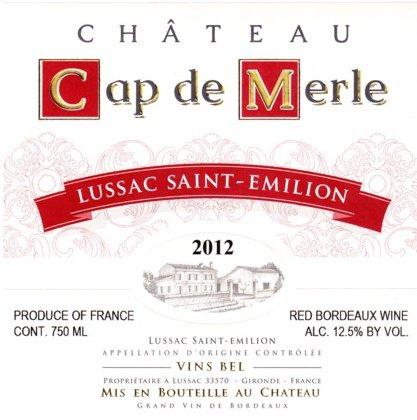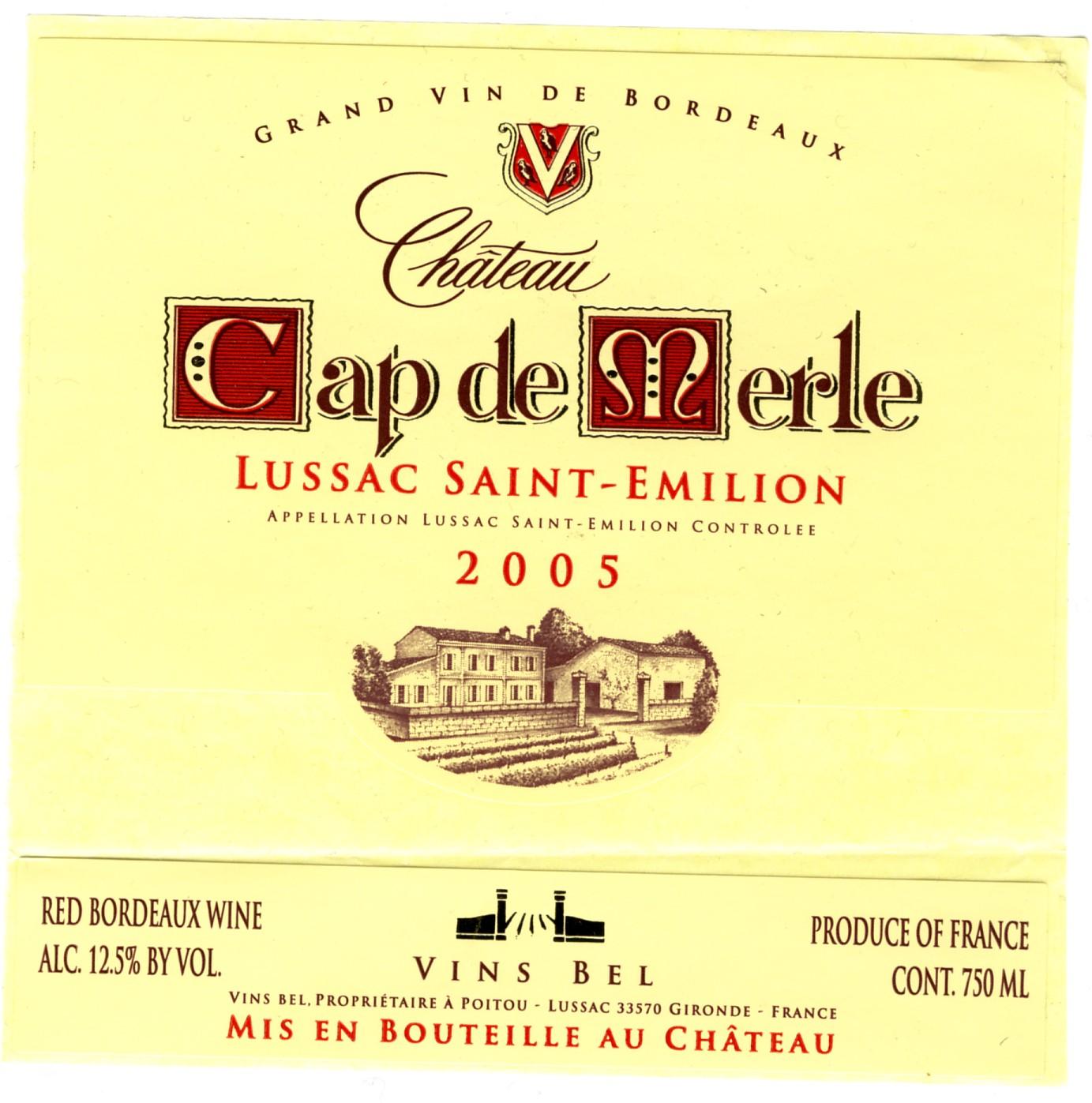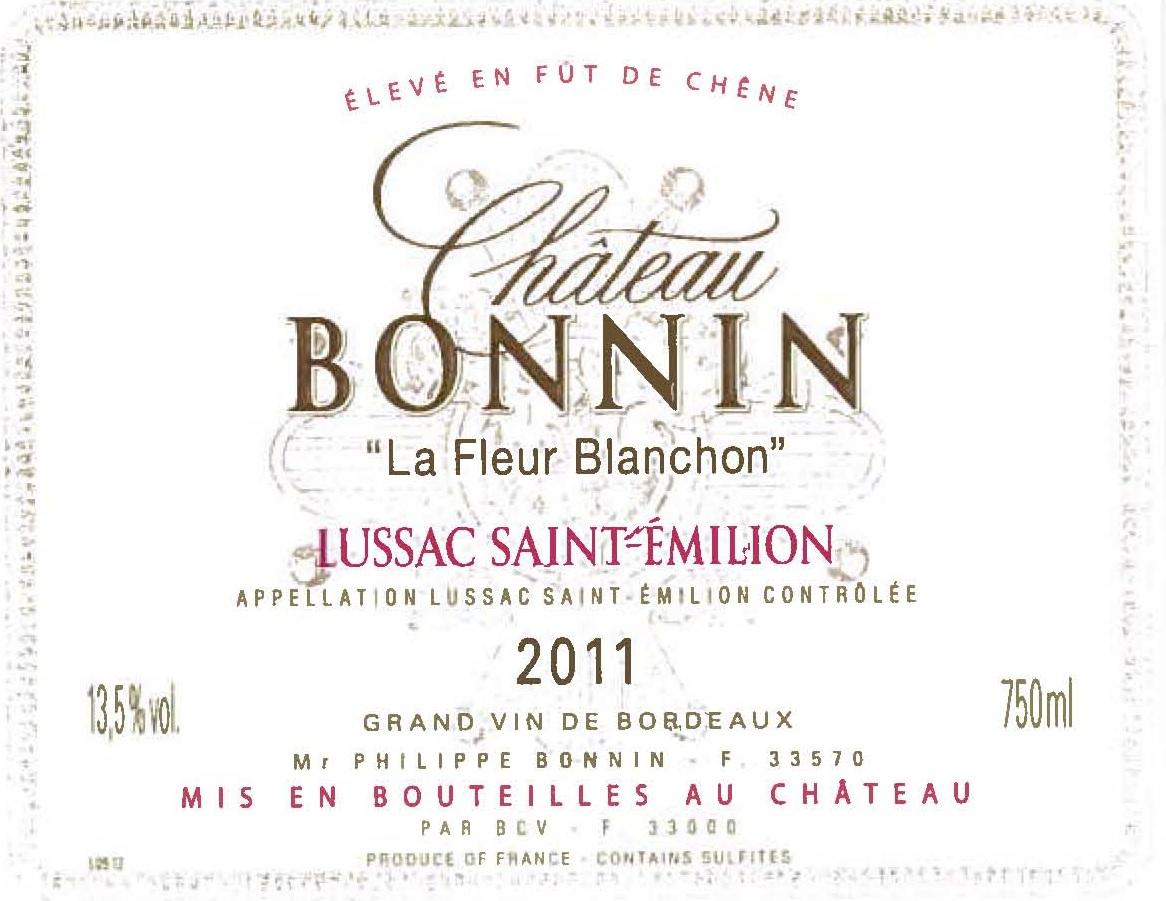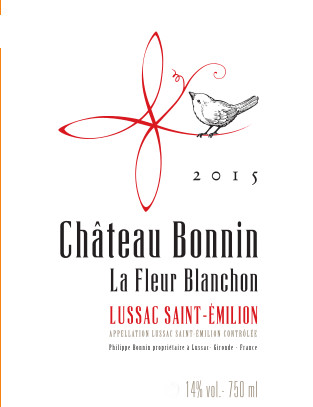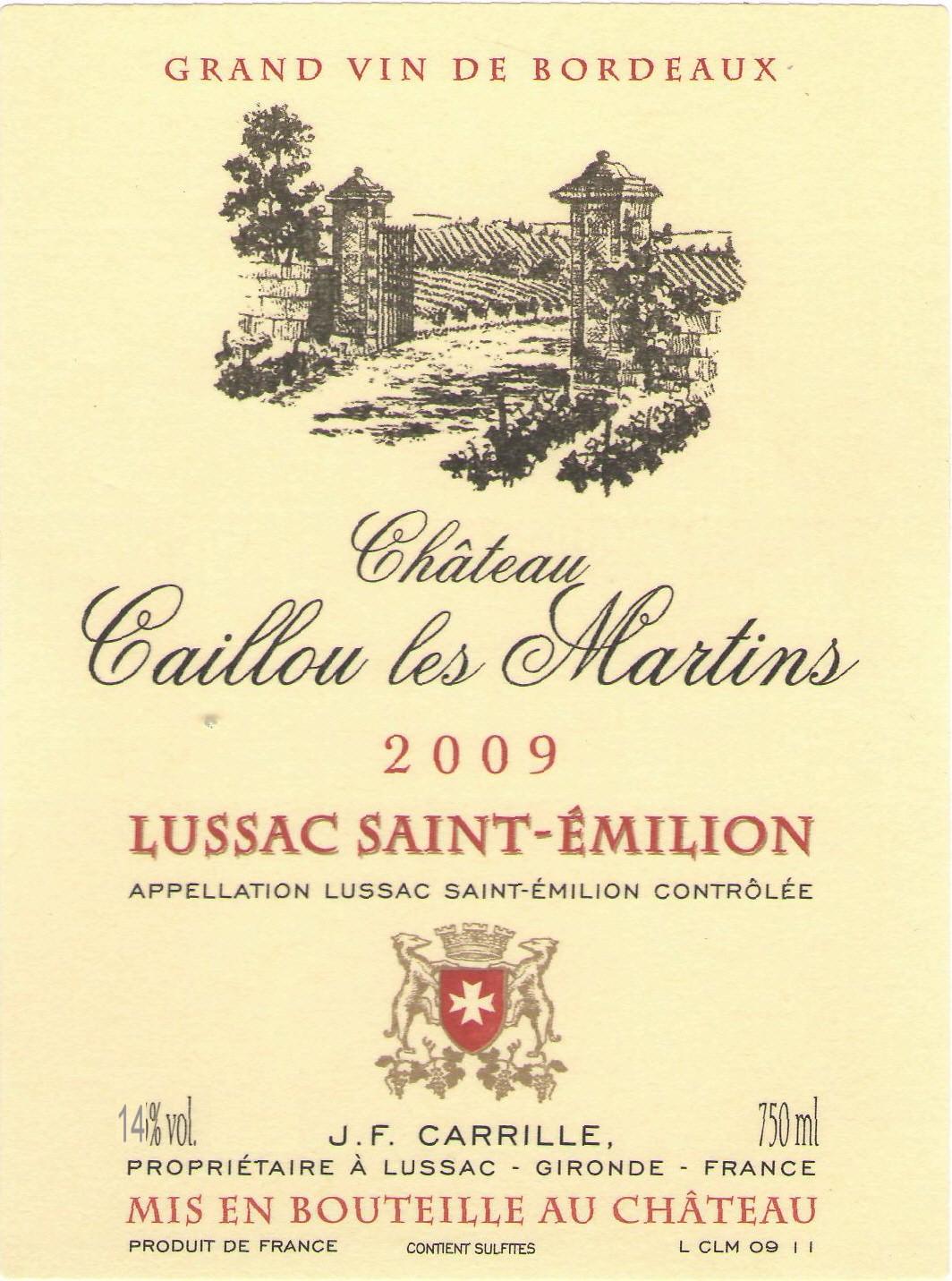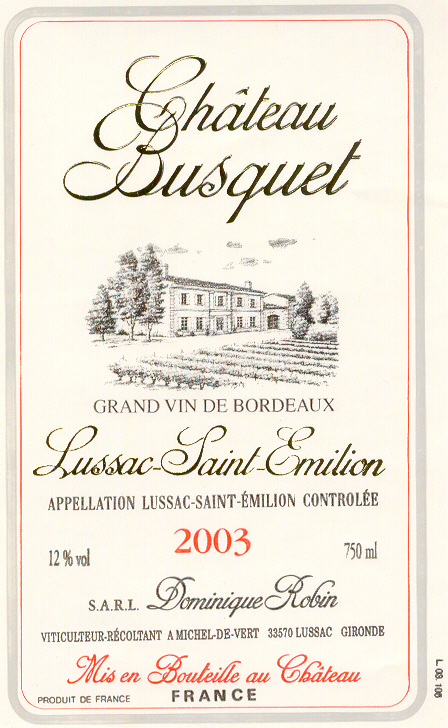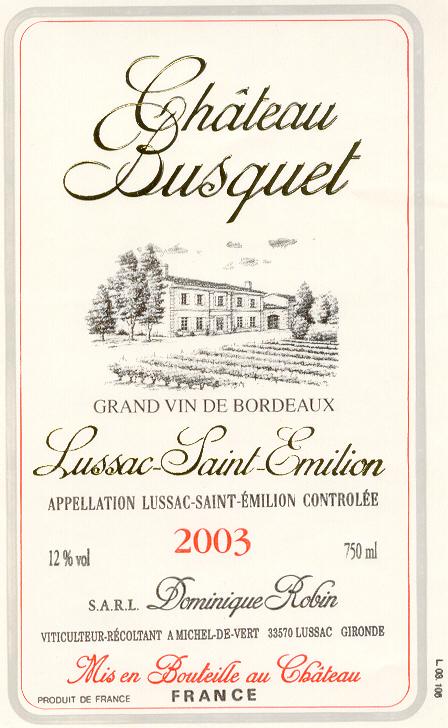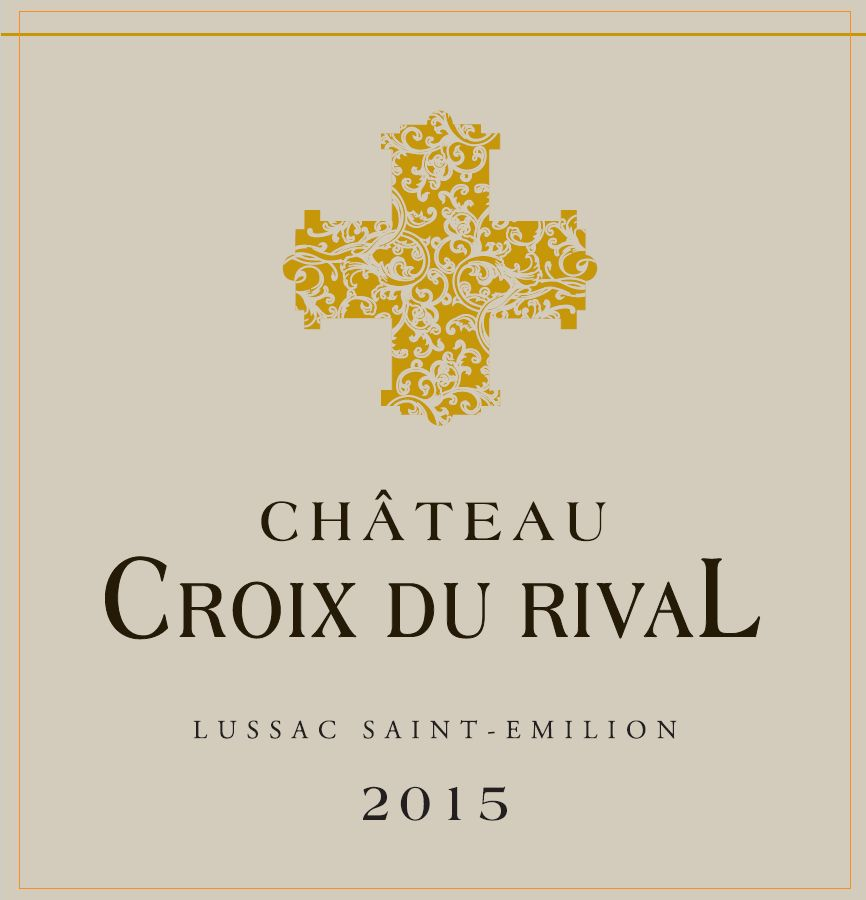Terroir of Lussac-Saint-Émilion
The terroir of Lussac-Saint-Émilion offers a rich mix of soils, with clay-limestone on the slopes and limestone bedrock similar to Saint-Émilion. Lower areas have gravel, sand, and alluvial clay, which are perfect for Merlot, thriving in moist, warm conditions. The vineyards, at elevations between 30 and 90 meters, benefit from south and southeast-facing slopes for optimal sunlight.
The temperate oceanic climate brings cool, wet winters and springs, with warm, dry summers. Annual rainfall is between 800 and 900 mm. Merlot's early budding makes frost a concern, while hot, dry summers can cause water stress. The Dordogne and Barbanne rivers help stabilize temperatures and encourage air circulation. This contributes to the classic profile of Right Bank wines—lush and ripe in warm years, with refreshing structure in cooler ones.
Notable Wineries in Lussac-Saint-Émilion
Lussac-Saint-Émilion, a picturesque enclave on Bordeaux's right bank, is home to several remarkable wineries that capture the essence of this historic region. Here are a few notable estates:
-
Château de Lussac: A historic estate renowned for its Merlot-led blends, offering a rich tasting experience and warm hospitality.
-
Château du Courlat: This family-owned winery, centered around an 18th-century manor, focuses on traditional red wines and sustainable farming.
-
Château Lyonnat: Known for approachable, fruit-forward wines that are both affordable and readily available.
-
Château Haut-Piquat: Celebrated for its generous Merlot-rich blends, this estate also cultivates Cabernet Sauvignon and Cabernet Franc.
-
Other Estates: Notable family-run vineyards like Château La Rose Perrière and Château Bel-Air Lussac offer tastings by appointment.
Sustainable Winemaking in Lussac-Saint-Émilion
In Lussac-Saint-Émilion, sustainability is becoming a cornerstone of winemaking. Many vineyards are pursuing certifications like HVE and organic, while some experiment with biodynamics. This shift reflects a growing commitment to reducing synthetic inputs and fostering biodiversity. In the vineyards, cover crops thrive between rows, and integrated pest management is common, alongside manual pruning and selective harvesting. Wineries are also adopting renewable energy, enhancing water recycling, and planting flower strips to attract beneficial insects.
In the cellar, winemakers aim to capture the purity of the fruit, using native or selected yeasts and moderate sulfur additions. Aging often takes place in barrels, with new oak carefully managed to express the vineyard's character. Efforts to cut emissions include composting, recycling, using lighter packaging, and precision farming. These practices align with Lussac's rich tradition of crafting Merlot-based blends that reflect the unique terroir of Bordeaux's right bank.
Wine Tourism in Lussac-Saint-Émilion
Lussac-Saint-Émilion offers a rich wine tourism experience, inviting exploration of its renowned châteaux and scenic landscapes. Visitors can book appointments to tour the vineyards and cellars of various estates, with some offering tastings and limited accommodations.
-
Annual Open Days: Experience the “Portes Ouvertes” in spring, where estates open their doors for vineyard tours and wine tastings, highlighting the region’s heritage.
-
Cycling and Walking Routes: Discover picturesque trails that connect Lussac to nearby villages, ideal for biking or walking with views of the Dordogne valley.
-
Nearby Attractions: Just 9 km from Saint-Émilion, Lussac is perfect for a day trip, combining wine exploration with the region’s culinary delights and historical sites.



